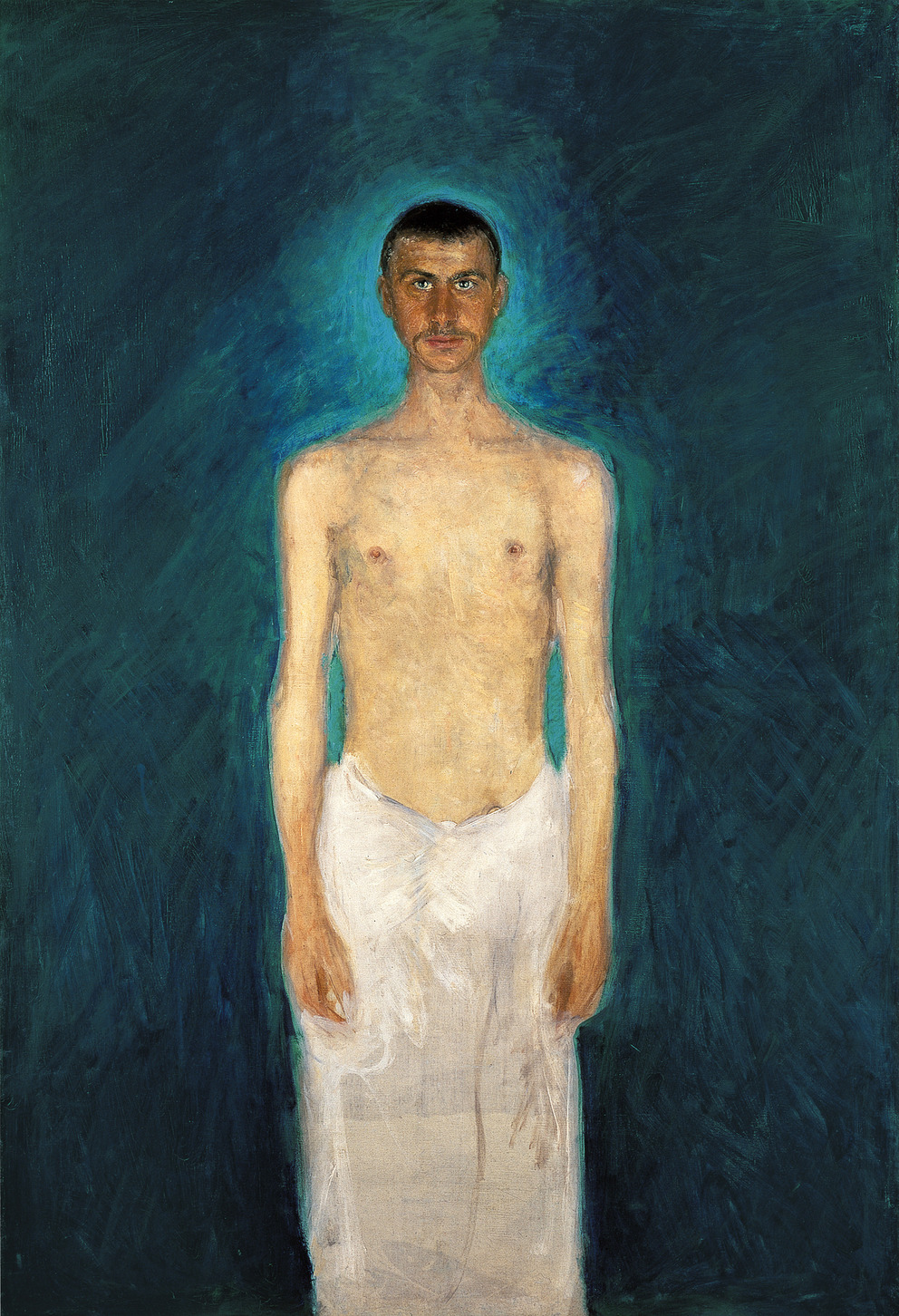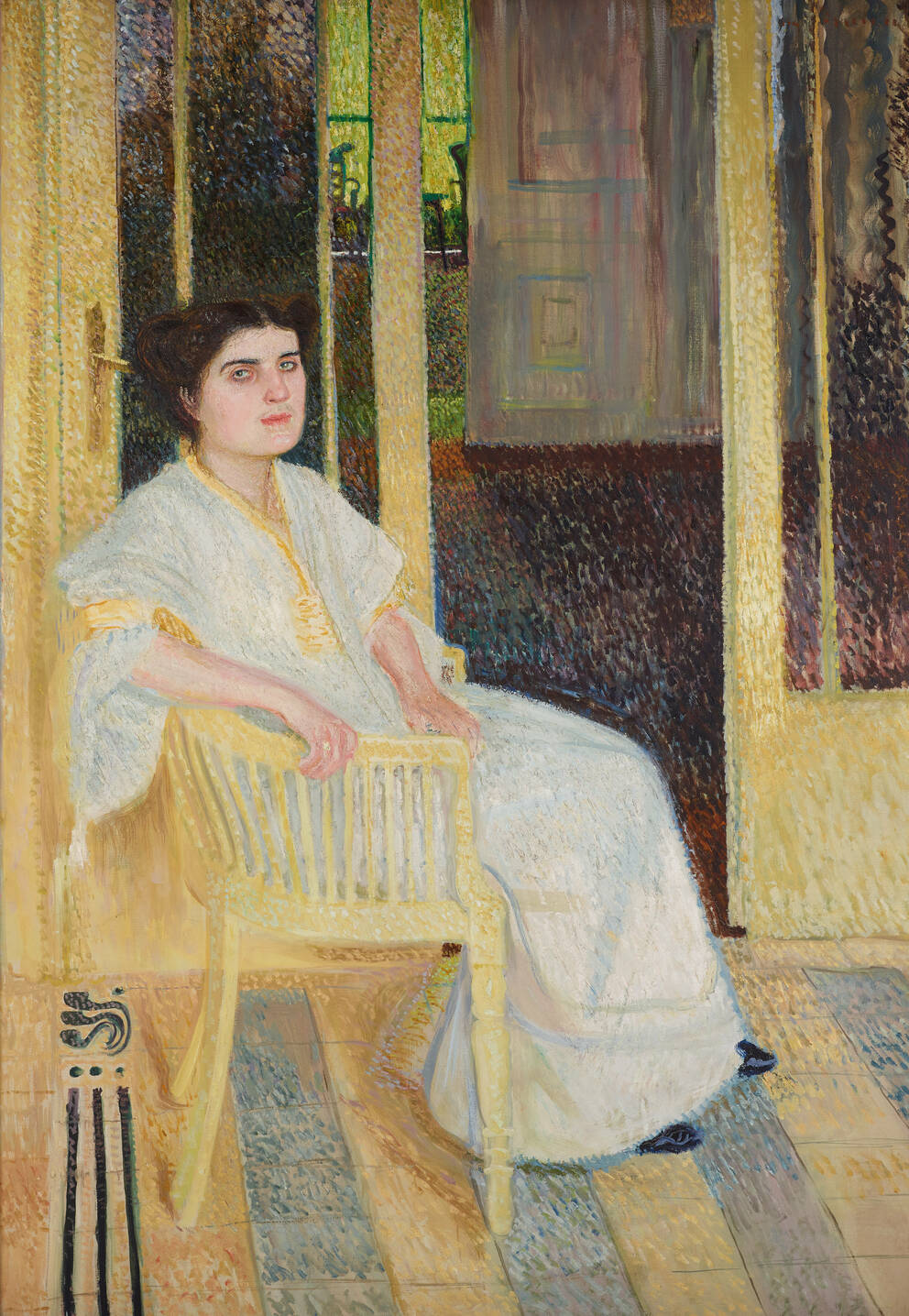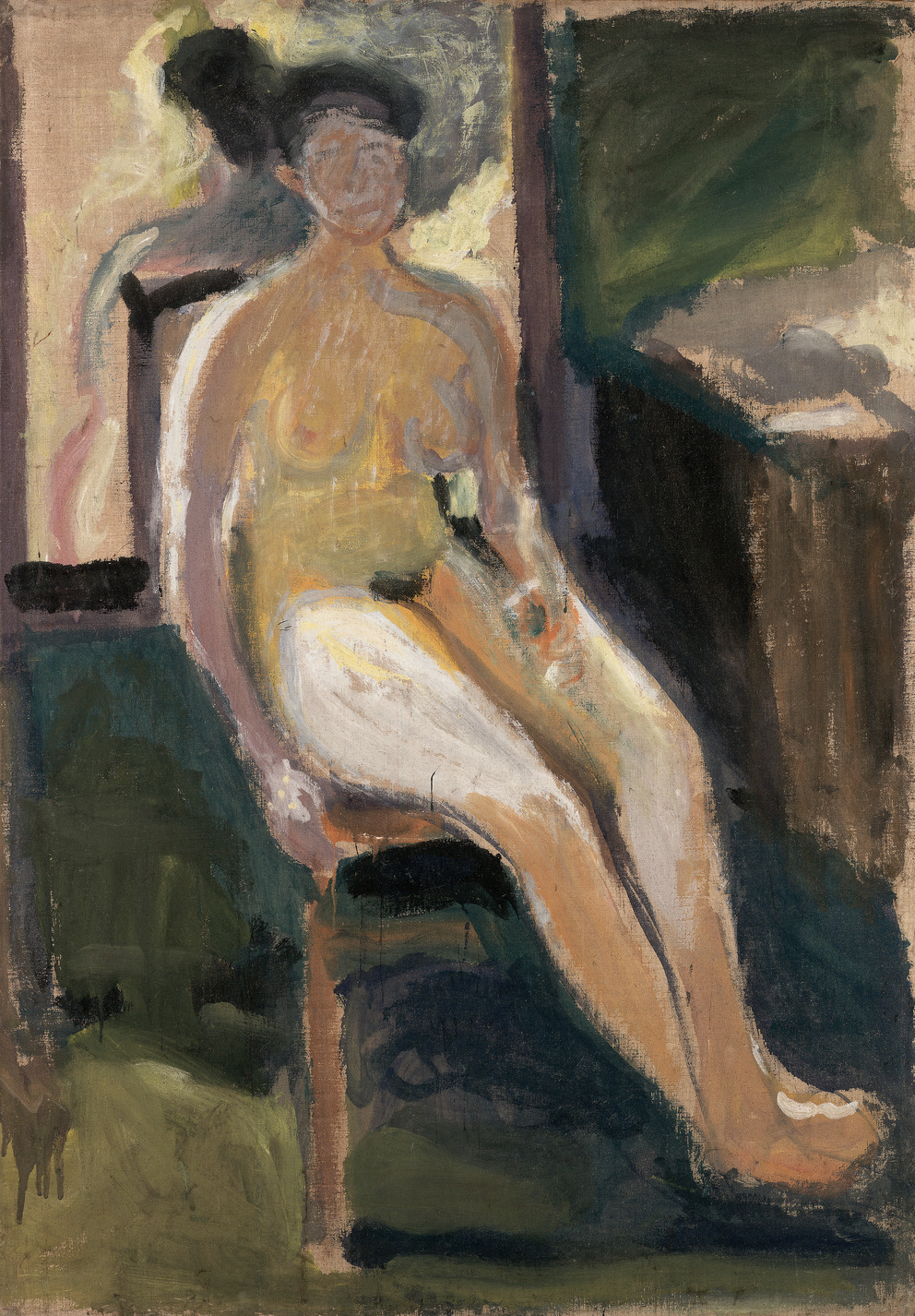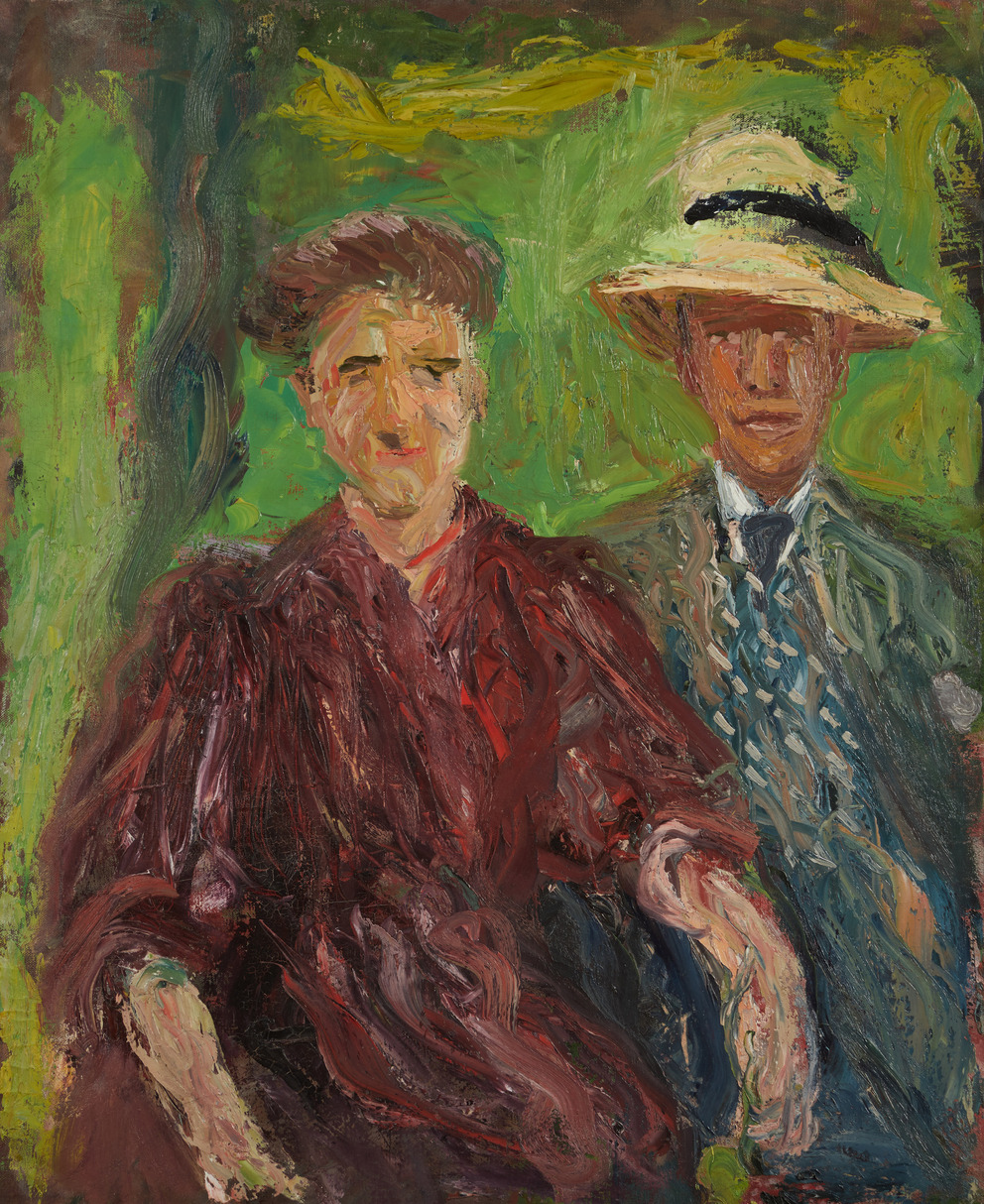Richard Gerstl
Pioneer of Austrian Expressionism
Ahead of Egon Schiele (1890–1918) and Oskar Kokoschka (1886–1980), Richard Gerstl (1883–1908) is considered the first Austrian Expressionist.
Born in Vienna, the artist attended the “General School of Painting” headed by Christian Griepenkerl (1839–1912) at the Academy of Fine Arts, as well as summer classes with the Hungarian painter Simon Hollósy (1857–1918) in Nagybánya. As Gerstl did not get on with his conservative teacher, he moved to the “Special School for Painting” run by the progressive artist Heinrich Lefler (1863–1919). Gerstl also showed a keen interested in philosophy, literature and music. He met the composer Arnold Schönberg (1874–1951) who welcomed him into his circle. His tragic love affair with Schönberg’s wife Mathilde (1877–1923) plunged him into a deep depression which led to his suicide in 1908. The artist’s last self-portraits, created in social isolation, convey his sense of desperation and hopelessness.
Stylistically, Gerstl’s works are situated between post-Impressionism, Secessionism and Expressionism. His expressive manner of painting was possibly influenced by Edvard Munch (1863–1944), Vincent van Gogh (1853–1890), Pierre Bonnard (1867–1947) and Lovis Corinth (1858–1925). The works of his last years are characterized by an abstracting-gestural style. His form-dissolving manner of painting and the liberal and swift process of creation made Gerstl a precursor of Art Informel. The Leopold Museum houses the world’s most comprehensive collection of works by the artist.
Born in Vienna, the artist attended the “General School of Painting” headed by Christian Griepenkerl (1839–1912) at the Academy of Fine Arts, as well as summer classes with the Hungarian painter Simon Hollósy (1857–1918) in Nagybánya. As Gerstl did not get on with his conservative teacher, he moved to the “Special School for Painting” run by the progressive artist Heinrich Lefler (1863–1919). Gerstl also showed a keen interested in philosophy, literature and music. He met the composer Arnold Schönberg (1874–1951) who welcomed him into his circle. His tragic love affair with Schönberg’s wife Mathilde (1877–1923) plunged him into a deep depression which led to his suicide in 1908. The artist’s last self-portraits, created in social isolation, convey his sense of desperation and hopelessness.
Stylistically, Gerstl’s works are situated between post-Impressionism, Secessionism and Expressionism. His expressive manner of painting was possibly influenced by Edvard Munch (1863–1944), Vincent van Gogh (1853–1890), Pierre Bonnard (1867–1947) and Lovis Corinth (1858–1925). The works of his last years are characterized by an abstracting-gestural style. His form-dissolving manner of painting and the liberal and swift process of creation made Gerstl a precursor of Art Informel. The Leopold Museum houses the world’s most comprehensive collection of works by the artist.





